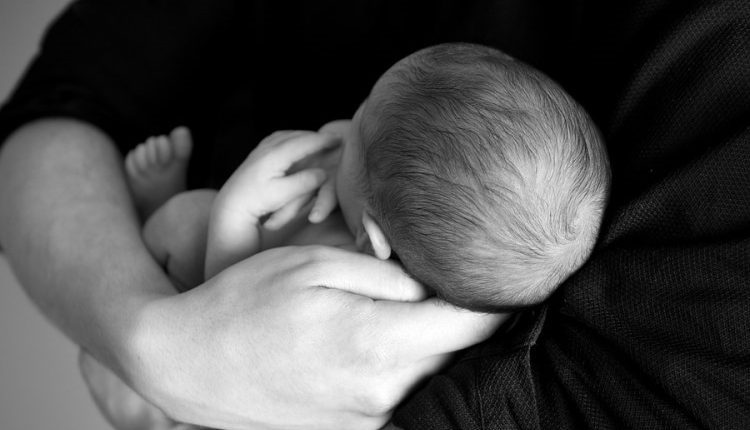
Stroke, Italian Society of Paediatrics: it can also affect children from perinatal age
“Stroke is not only an adult’s prerogative, but also affects children from a perinatal age”: Vita Antonella Di Stefano, director of the paediatrics and paediatric emergency department at the Cannizzaro Hospital in Catania and national councillor of the Italian Society of Paediatrics (ISP), recalled this on the occasion of the World Stroke Day, which takes place every year on 29 October
“Unfortunately, paediatric strokes are frequent,’ Di Stefano explained, ‘but they do not have a high incidence.
There are three age groups: perinatal, neonatal and paediatric.
But what is a cerebral stroke?
A stroke occurs when a small blood clot interrupts a blood vessel in the brain for an instant – an ischaemic stroke.
When a blood vessel ruptures, this is called a haemorrhagic stroke.
When a stroke occurs a portion of the brain is deprived of oxygen with the appearance of neurological manifestations, for this reason the time elapsed from the symptoms to the diagnosis and subsequent treatment is important, in fact early diagnosis as well as immediate treatment can change the prognosis and quality of life of the child, since the perinatal age.
CHILD HEALTH: LEARN MORE ABOUT MEDICHILD BY VISITING THE BOOTH AT EMERGENCY EXPO
Cerebral strokes, the age group most affected “is up to 5 years of age and then in the adolescent phase”
Among the main causes are congenital heart diseases,” the paediatrician continues, “and one risk factor here is the patent foramen ovale, a cardiac anomaly that is quite frequent in children.
Specifically, Di Stefano explains that “the foramen ovale, which is located in the wall of the interatrial septum separating the two cardiac chambers, the right atrium and the left atrium, is always open in utero during pregnancy and closes physiologically by the sixth month or the first year of the child’s life.
The onset of sudden headaches, in older children and adolescents, may be due to the presence of the foramen ovale still being open, through which the passage of microemboli could occur, triggering migraine symptoms.
Other causes can lead to cerebral strokes:
“Genetic causes, malformative causes,” Di Stefano emphasises, “or, as far as perinatal stroke is concerned, placental causes due to altered placental flow or maternal coagulation disorders.
Among the possible causes,” says the Sip counsellor, “there has also been talk of arterial hypertension in children, but there is no scientific evidence in the literature that hypertension alone in children can be the cause of stroke, but rather that it is associated with other pathologies such as obesity and/or hyperglycaemia”.
So the doctor’s appeal to parents is to go to their paediatrician or to the emergency department if they find themselves faced with any dubious neurological manifestations, such as paresis, even if slight, of a part of the body, difficulty in walking, a sudden headache that does not go away even after the administration of painkillers and for which the child requires the light to be switched off.
Or if there are problems with speech articulation or sudden vision problems where the child cannot focus.
All these can be alarm bells.
Read Also:
Stroke, A Small CT Scanner On Ambulances And Helicopters To Aid Rapid Diagnosis
Broken Heart Syndrome Is On The Rise: We Know Takotsubo Cardiomyopathy
Cerebral Stroke Is A Time-Dependent Disease, Celebrating World Stroke Day On 29 October


